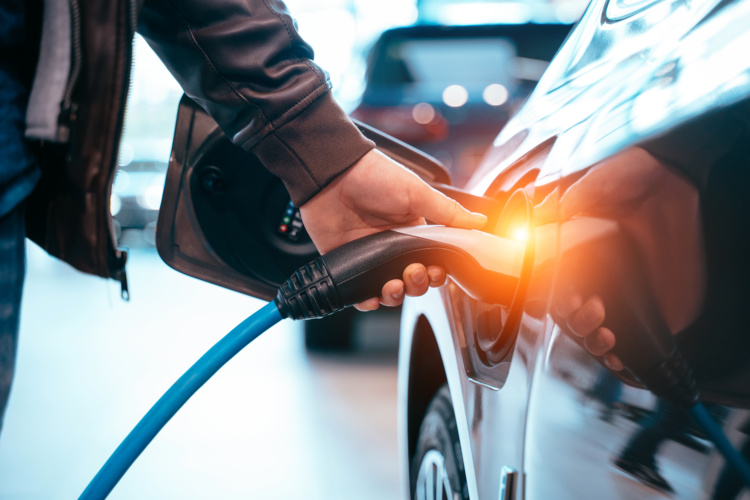
The advance from Dr Hun-Gi Jung and his research team at the Centre for Energy Storage Research of the Korea Institute of Science and Technology (KIST) could more than double the range of electric vehicles.
Clusters of silicon have energising applications
According to KIST, batteries installed in electric vehicles use graphite anode materials, but their low capacity contributes to electric vehicles' having a shorter driving range than vehicles with internal combustion engines.
Silicon has an energy storage capacity 10-times greater than graphite and has drawn attention as a next-generation anode material but has not been commercialised because the element’s volume expands rapidly and storage capacity decreases significantly during charge and discharge cycles. A number of methods have been suggested for enhancing the stability of silicon as an anode material, but the cost and complexity of these methods have prevented silicon from replacing graphite.
To enhance the stability of silicon, Dr Jung and his team focused on using materials such as water, oil, and starch. They are said to have dissolved starch and silicon in water and oil, respectively and then mixed and heated them in order to produce carbon-silicon composites. A simple thermal process was employed to firmly fix the carbon and silicon, preventing the silicon anode materials from expanding during charge and discharge cycles.
The composite materials developed by the research team reportedly demonstrated a capacity four-times greater than that of graphite anode materials (360mAh/g - 1,530mAh/g) and stable capacity retention over 500 cycles. It was also found that the materials enable batteries to charge to more than 80 per cent capacity in only five minutes. Carbon spheres prevent the usual volume expansion of silicon, thereby enhancing the stability of silicon materials. Also, the use of highly conductive carbon and the rearrangement of the silicon structure resulted in a high output.
"We were able to develop carbon-silicon composite materials using common, everyday materials and simple mixing and thermal processes with no reactors," said Dr Jung. "The simple processes we adopted and the composites with excellent properties that we developed are highly likely to be commercialised and mass-produced. The composites could be applied to lithium-ion batteries for electric vehicles and energy storage systems."
The research results have been published in Nano Letters.




Glasgow trial explores AR cues for autonomous road safety
They've ploughed into a few vulnerable road users in the past. Making that less likely will make it spectacularly easy to stop the traffic for...